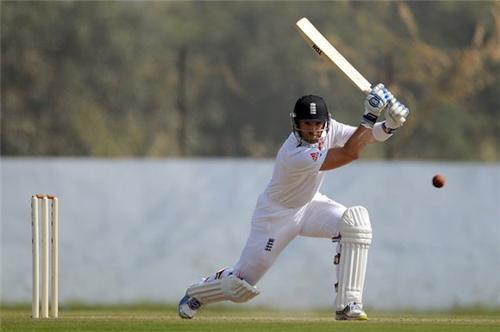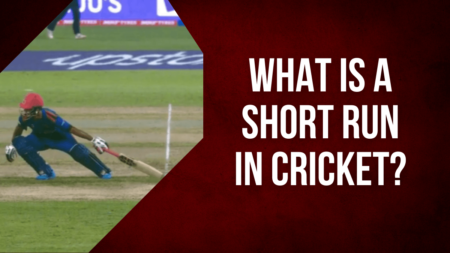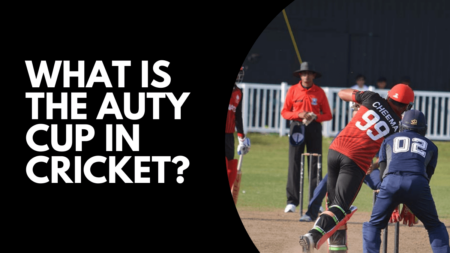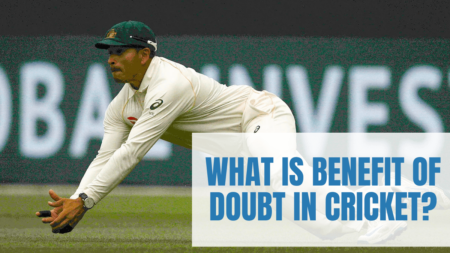

A cricket pitch is the turf on which the game is played. A cricket pitch is aligned in the north-south axis of a cricket field. The behaviour of the cricket ball depends a lot on the condition of the pitch. Grass, moisture, dust, soil are the various elements that make up a cricket pitch suitable for play. Variations in each of these elements has a direct effect on how the ball approaches the batter and how the game subsequently progresses.
If a pitch has more grass covering, it is called a green top or a green seamer. Usually, a fresh green pitch at the start of play would favour the fast bowlers. This is because the bowl would skid more quicker following the bounce of the ball. In addition, if there is dew on the grass, then it might create even more problems for the batter.

As the game progresses, the grass wears out gradually. It also reduces the effectiveness of the fast bowlers as the match progresses. Be it a one day international match or a test match, one of the major reasons why seamers are preferred in the beginning overs is because of the green covering of the pitch.
For a spinner, the grass does not help much. The reduced friction with the grass would not allow the ball to spin in the manner and angle in which the bowler would want it to. As for the batter, a green pitch would not be an ideal sight. Seeing the variations of the bowl there is a high probability that the batter miscues his or her shot.
Thus, a green pitch, more often found in test playing nations, is a heaven for seamers.




